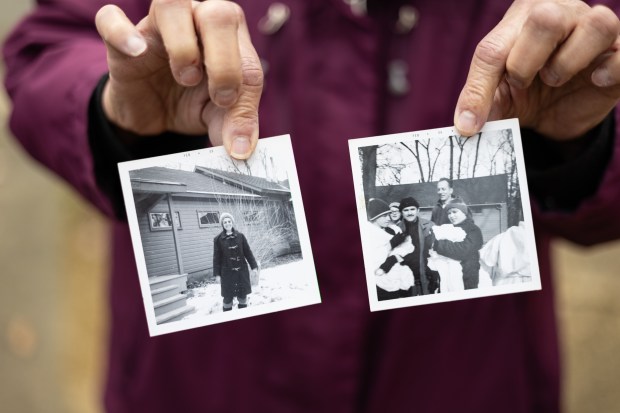The fading autumn colors along the Rock River made for a picturesque backdrop at the Lorado Taft Field Campus. Children and adults posed for photographs at the dining hall window that overlooks the bluffs, re-creating memories of school field trips to the northern Illinois camp.
At an open house event Sunday, students and teachers walked the grounds one last time while reminiscing about the spots where they learned to build a fire, roamed the dining hall where they competed to leave the least food waste, and peeked into the dorms trying to spot their old bunk bed.
For more than 70 years, the outdoor education camp affiliated with Northern Illinois University in Oregon has hosted thousands of elementary and middle school students each year for field trips.
In the Poley House, where students used to sit against a window identifying the birds that flew by, Mike Hoff of Freeport thumbed through old Polaroid photos he took of his classmates during his school’s trip to Lorado Taft in 1969.
“It was one of the greatest memories of our lives,” Hoff said. “Everything about it, it was just magical for kids that all we had was just our little hometown.”
Teachers, students and former staff are mourning the upcoming closure of Lorado Taft, say it’s akin to losing a beloved family member.
According to NIU representatives, the camp will close in December due to financial constraints.
“Previous students were coming up to us, ‘We’re so sad. Are you going to find a different place?’ because they recognize the loss,” said Amy Bloom, a fifth grade teacher at Oriole Park Elementary School in North Center.
The school’s fifth graders, who have gone to Lorado Taft every December for the last 11 years, experience the outdoors in ways they can’t while living in the city or in a classroom, Bloom said. “That’s when you really grow as a person, when you’re not in your comfortable four walls.”
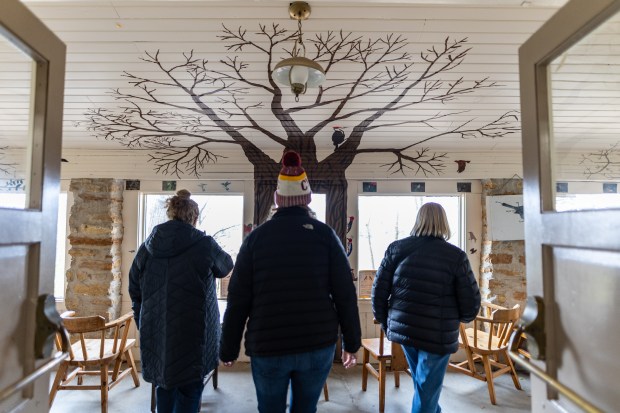
Students ‘transformed’
Through activities like nighttime hikes and studying Rock River’s plants, students at Lorado Taft not only learned how to appreciate nature but also how to work together, teachers said.
Adam Darlage, an upper elementary teacher at DuPage Montessori School in Naperville, recalled one team game where students learned about wildlife interactions, acting as either a carnivore, herbivore or omnivore.
In order to survive as the wildlife, students navigated a map that showed where water and food were located. But they had to avoid hunters and predators — played by their own teachers and camp staff. It required teamwork that Darlage said would sometimes lead to frustration but ultimately taught students how to handle conflict.
“They learned that life does not always go their way,” he said. “It gives them a bit more perspective on how to deal with the world when people are not always going to meet you halfway.”
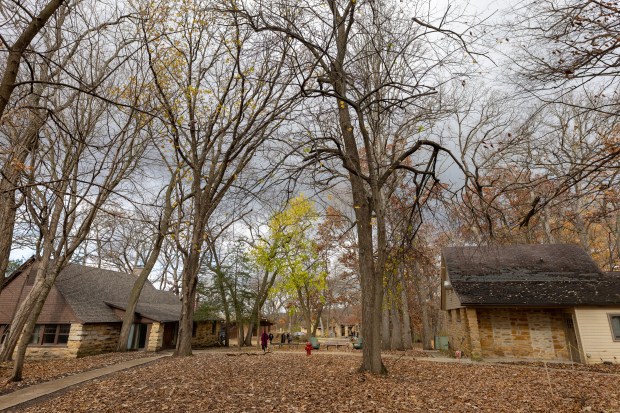
On Sunday, Photine Liakos of Sycamore was back at Lorado Taft for the first time since 1971. Walking through classrooms and hiking paths, Liakos said the memories of her elementary school’s trip are still so clear because of how different it was from any other learning experience.
“It really kind of strikes you how this place made education fun, you know, to bring nature to kids, not in a didactic way, but a hands-on way,” she said.
It wasn’t all fun and games either. Lorado Taft was usually the first time many students were away from their families, which taught them some independence, teachers said. And at the end of each day, everyone had a family-style meal together that Darlage said was often a rare occasion in some of their students’ homes.
This time to connect over food — meals were all homemade by staff — was one of Heather Hepner’s favorite memories when she attended as a seventh grader at Thomas Middle School in Arlington Heights over 20 years ago.

The seventh grade trip was a rite of passage for Hepner and her peers. “Your middle school experience wasn’t complete without it,” she said. Thomas students attended the camp from the 1980s until 2019, when the pandemic shifted the school’s programming.
Hepner, now a physical education teacher at Thomas, has taken students to another outdoor education program since then. But for those last two years at Lorado Taft, she had the opportunity to accompany her students — and her younger self — back to the camp.
“It was crazy actually, how quickly all of those same memories and feelings came back,” Hepner said. “I think it just speaks to the impact (of) the experiences, not just like the activities that we did, but like the people who led the activities as well. They made them memorable.”
‘Not just losing your job’
Outdoor education programs like Lorado Taft’s exist throughout Illinois, but teachers like David Keller at Thomas Middle School said it was the dedication of the camp’s staff — most of whom live on the grounds — that set it apart from others. Because of the nature of annual field trips, teachers built lasting relationships with the staff they’d see each year.
As a school tradition, the Thomas Middle School teachers made themed T-shirts for their students’ trip each year. One shirt was modeled after the logo for the television show “Survivor.” But they also gifted them to Lorado Taft counselors, educators, supervisors and cooks. Keller said his favorite part of these annual trips was seeing camp staff, if they had been there for several years, wear old T-shirts from previous classes.
“They knew who I was every time, and they greeted people with open arms,” he said.
Former staff members said that feeling was mutual. “The job was fantastic. But the people were great,” said Amy Banner, a Lorado Taft educator and coordinator from 2012 to 2018.
“It’s not just losing your job,” said Banner, who now works as a youth program coordinator with University of Illinois Extension. “It’s a home for so many more reasons than just the house over your head.”
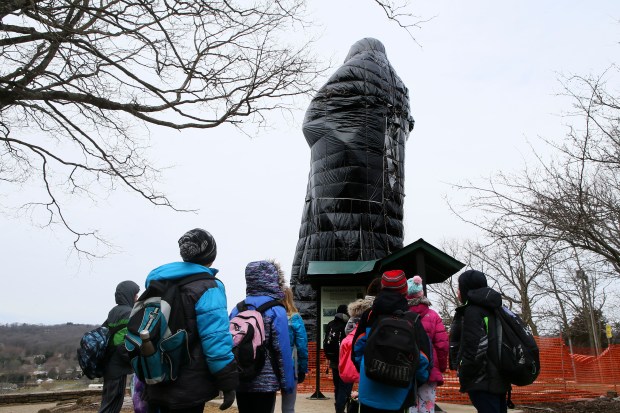
She said she’s devastated for the current staff, a lot of whom she’s still in touch with because they’ve become family. Banner would call the Lorado Taft maintenance head when she had a flat tire or go to the staff nurse when she was injured.
Autumn Mitchell worked at Lorado Taft for four years as an educator and coordinator. Her time there ended in 2011, but she’s since held other jobs where she shared Lorado Taft lessons with administrators, naturalists and other teachers.
“I’m still handing over my (Lorado Taft) binder to some of these teachers, constantly loaning it out,” Mitchell said. She now works at the Michigan Department of Environment as a grant administrator and said she thinks about environmental equity everyday — how to distribute funding or ways to make applications more accessible. It’s a framework Mitchell learned from working at Lorado Taft, she said.
The campus’ mission ties into its history as the Eagle’s Nest Artist Colony. The grounds were part of the private estate of Wallace Heckman, a Chicago attorney, until it was leased to a group of artists and writers as a summer retreat in 1898.
“There’s a holistic element to it, too, that’s special, and it’s just ingrained in the physical — what they run the facility with,” Mitchell said.
Northern Illinois University acquired the colony complex in 1951, creating a field campus named after the colony’s founder, sculptor Lorado Taft. Children attended classes and camps for decades, taught by elementary education majors and outdoor education master’s students at the university. In 1999, the school discontinued the degree program.
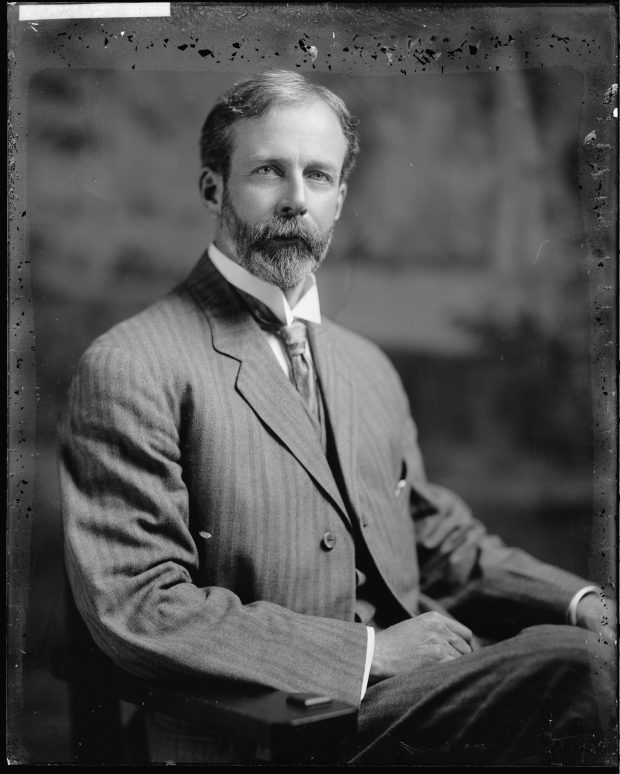
Melanie Costello, the current camp director, was one of those master’s students. She’s been affiliated with Lorado Taft in some capacity since 1998 and said the news of the closure in September left her devastated and heartbroken.
“You’re not just saying goodbye to a job in a place that you lived in, a place that you love, but also to these people in these relationships that you made,” Costello said. “There’s a little bit of anger, too, that we weren’t afforded the opportunity to say goodbye to some of those schools that don’t come until the next (season).”
For over 10 years, Lorado Taft’s costs have exceeded its revenue, according to Lisa Miner, a spokesperson for the university. Aging infrastructure and shifting school priorities make future upkeep “financially unfeasible” and “unsustainable,” Miner said.
However, the university “is in the early stages of exploring options and listening to feedback regarding the stewardship of Lorado Taft,” she said. There isn’t a final plan to share at this point.
A chance to ‘make some magic’
In the meantime, Lorado Taft staff are gearing up for the last few schools’ field trips. Oriole Park Elementary will be the final school before Lorado Taft’s closure in mid-December.
“We’re really holding on to this last trip and making it as memorable as possible, and trying not to cry the entire time,” Bloom said. She and co-teacher Michelle Reynolds have found another outdoor education program for next year but said they’ll always be comparing it with Lorado Taft.
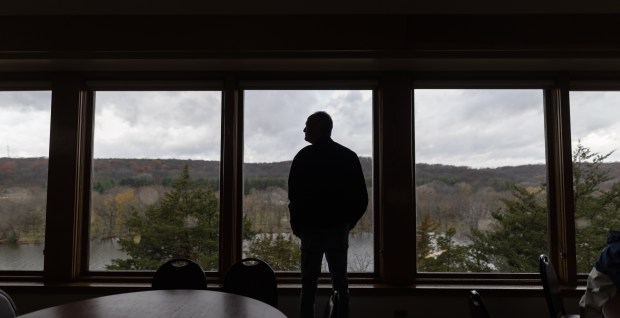
It’s a similar feeling for Jen Burisek, the outdoor education director at Westmont Junior High School where students have gone to Lorado Taft for over 40 years.
But for her, the end of this long chapter means a chance to start a new one.
“This is part of Taft’s story, right? There’s going to be good that comes out, but in time. It’s our responsibility for us to take all that Taft has given us and pay it forward with this next group of students and those who come after these kids.”


